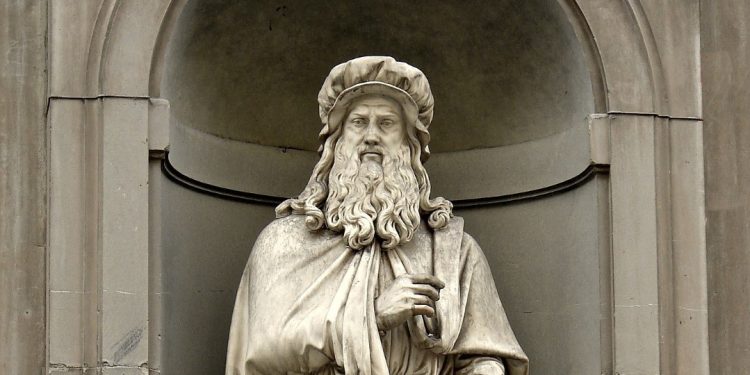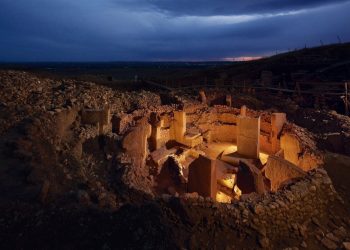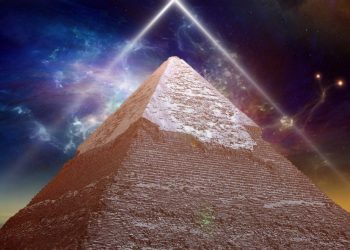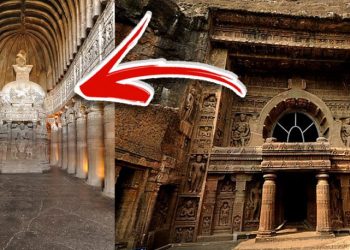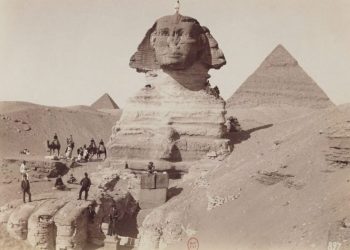Leonardo da Vinci – Italian artist, scientist, engineer, sculptor, writer, and architect was born in 1452 in the Tuscan town of Vinci, near Florence. Da Vinci was never married, had no relationship (in any case, it is impossible to reliably judge this), as well as children. However, the artist had at least 22 half-brothers – thanks to their DNA, scientists were able to track down fourteen living descendants of the polymath.
How did scientists study Leonardo da Vinci’s DNA if he never had children?
Historians Alessandro Vezzosi and Agnese Sabato presented the results of a study that covers a period of almost 700 years, from the first half of the 14th century, and shows the continuity of the direct male line from father to son in the da Vinci family, starting with grandfather Michele (born around 1331) and ending with fourteen living descendants in twenty-one generations and four different branches.
The work, published in the journal Human Evolution, fills in many gaps and corrects errors in previous studies of the Italian creator’s family, suggesting new discoveries in this family tree.
Five branches go back to Leonardo da Vinci’s father ser Piero (fifth generation, (1427-1504)), and half-brother Domenico (sixth generation). Starting from the 15th generation, data was collected for more than 225 people, information was taken from historical documents in public and private archives, as well as from direct reports provided by surviving descendants who collaborated with scientists.
Several years ago, Vezzosi and Sabato identified 35 living relatives of Leonardo, including those on the female side. These were mainly indirect descendants: among them was the famous Italian theater, opera, and film director, Emmy Award winner Franco Zeffirelli, who died in 2019. Da Vinci’s modern descendants live throughout Italy, the eldest is 85 years old, and the youngest was born in 2020. Their work is quite common: a clerk, surveyor, glassblower, porcelain seller, and so on.
Researchers have been able to trace the Y chromosome that fathers pass on to their sons: it has remained almost unchanged for 25 generations. In the coming months, the descendants’ genome will be analyzed by comparing the Y-chromosome with the DNA of the ancestors in ancient and modern burials. As a result, scientists want to implement a project to study the DNA of Leonardo da Vinci himself.
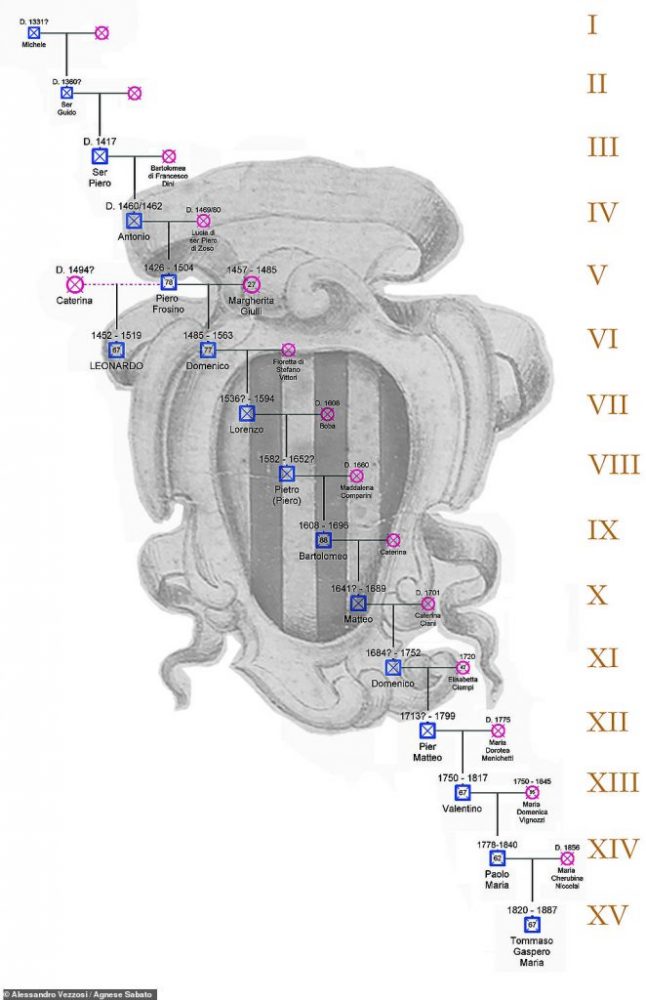
Why is this needed? The fact is that the artist’s personality is still shrouded in mystery and many unresolved mysteries. After confirming the DNA, you can find out the origin of the master’s parents, what he ate, whether he was left-handed, how quickly he grew old, establish a picture of the diseases, and, finally, what is the secret of his genius. They also intend to verify the authenticity of works of art that da Vinci never signed.
It is difficult to restore the DNA of the Italian artist because the exact location of his burial is still unknown. Da Vinci was buried in the Church of St. Florentine in the French city of Amboise in 1519, but it was demolished during the Revolution of the late 18th century.
In 1863, experts were finally allowed to inspect the site. They managed to find remains with a bronze ring on one finger, blond hair, and fragments of stone with inscriptions that are believed to form the words “Leonardo da Vinci”. On a silver shield found next to the bones, a beardless Francis I was depicted – the king of France from January 1, 1515, during the life of da Vinci.
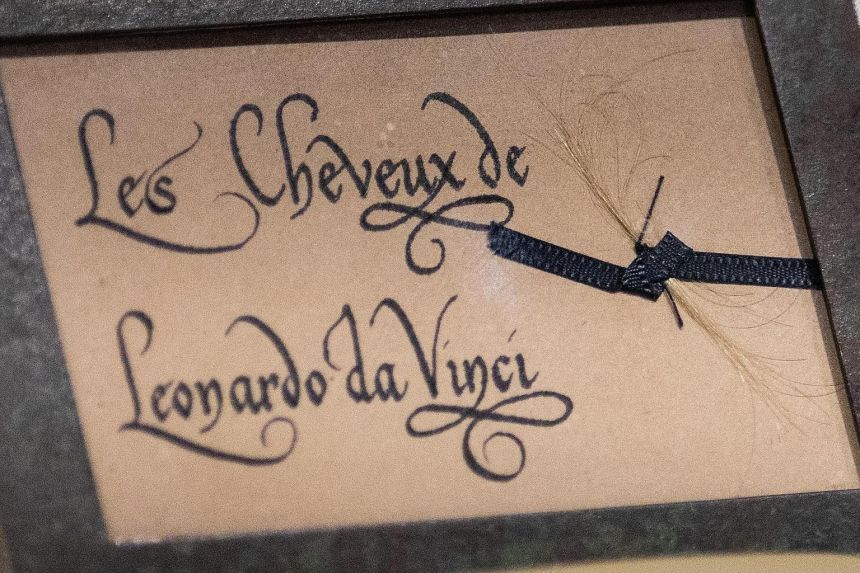
In 1874, the body was reburied in the chapel of Saint-Hubert, on the accompanying plates in French and Italian it is written that these are the “supposed remains” of a Renaissance master. Subsequently, it turned out that Ussé still could not resist and kept a lock of hair and a ring for himself. And in 1925, his great-grandson sold the relics to the American collector Harold K. Shigley.
In the mid-1980s, they were acquired by another collector from the United States – and it was he who contacted scientists in 2016 when they published the first results of a study of da Vinci’s descendants. Therefore, the key to confirming whether a strand of hair belongs to the artist and whether it is his grave is in genetic analysis. If the DNA of the hair matches the DNA of living offspring, many issues will be resolved once and for all.
Join the discussion and participate in awesome giveaways in our mobile Telegram group. Join Curiosmos on Telegram Today. t.me/Curiosmos
Sources:
• EurekAlert. (n.d.). Leonardo Da Vinci: New family tree spans 21 generations, 690 years, finds 14 living male descendants.
• Phys.org. (2021, July 6). Leonardo Da Vinci: New family tree spans 21 generations, 690 years, finds 14 living male descendants.
• Turner, B. (2021, July 6). Scientists may have cracked the mystery of da Vinci’s DNA. LiveScience.
• Vezzosi, A., & Sabato, A. (n.d.). The New Genealogical Tree of the Da Vinci Family for Leonardo’s DNA. Ancestors and descendants in direct male line down to the present XXI generation. Human Evolution.



